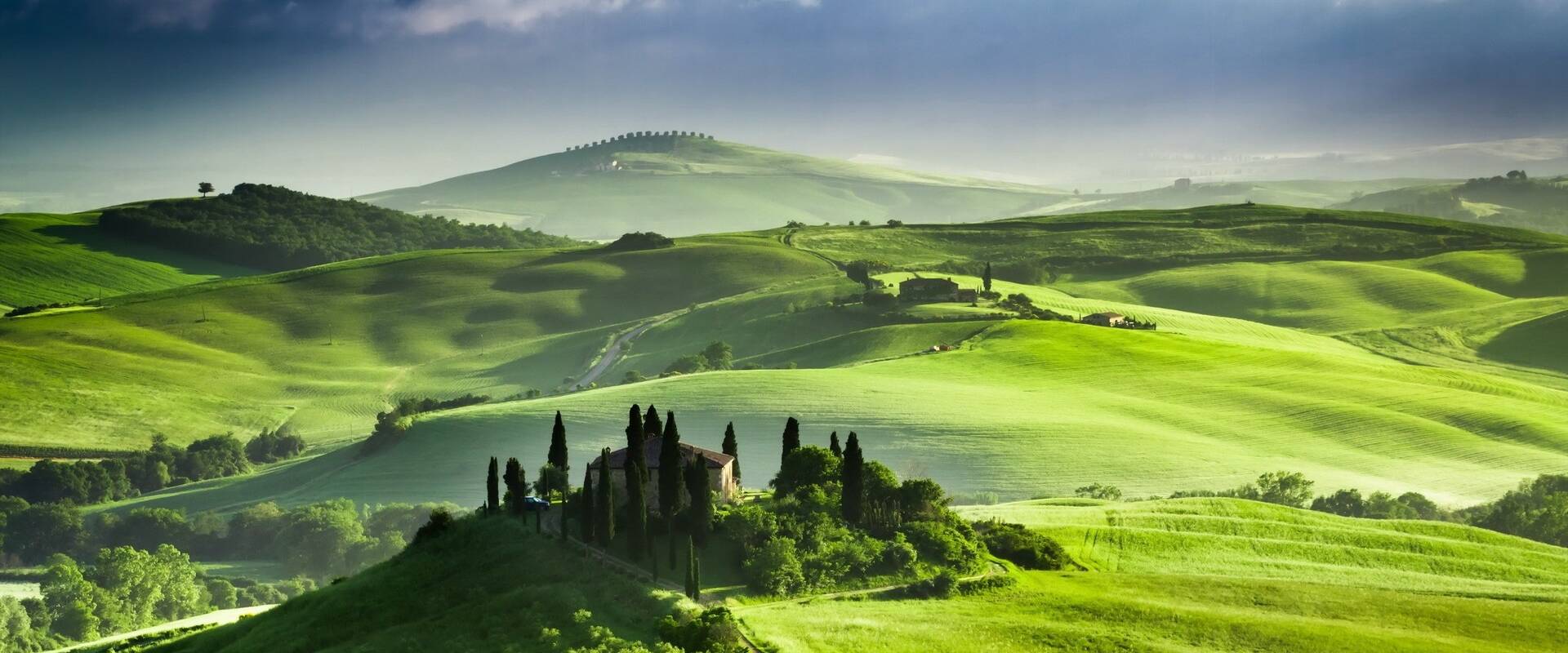- Search magazine...
- Magazine by Category
- Magazine by Region
- article detail
- Search magazine...
- Magazine by Category
- Magazine by Region
- article detail
There are many curiosities surrounding Tuscany and we want to reveal ten of them that perhaps you did not know.
1. Tuscany is the birthplace of the Italian language. Heart and soul of the Renaissance.
Tuscany was a very important cultural center that influenced both the artistic and commercial development of all Europe. Where the Italian language has an obvious, close relationship with Latin, modern Italian is the direct son of the Tuscan dialect, formed precisely during the Renaissance years.
2. There are more UNESCO sites in Tuscany than in all of Australia or South Africa.
Tuscany boasts 7 sites in the Unesco World Heritage list. Architectural wonders such as Florence’s Cathedral, the Square of Miracles in Pisa, and the perfectly preserved historic town center of Siena, San Gimignano and Pienza. The scenic landscape of the Val d’Orcia. The latest additions in 2013 have been the Medici Villas and Gardens, that bear witness to the influence of the Medici family on European culture.
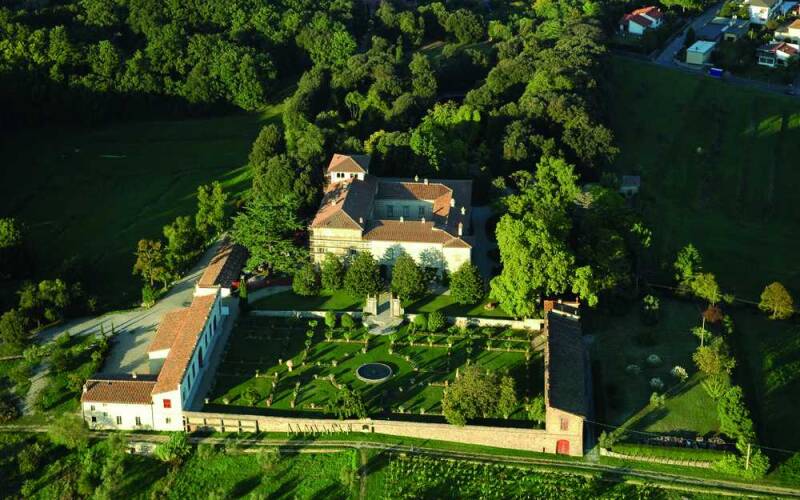
3. Tuscany was the first to use floors.
In 1339, the city of Florence was the first European city to pave its streets, giving way to a "fashion" that, through the financing of Florentine bankers, influenced all the rest of Europe.
4. Tuscany is the region with the most football teams.
Italy is undoubtedly known for its high-level football teams and Tuscany is the place to visit if you want to enjoy some quality sports. Start from the "Artemio Franchi" football stadium to see Fiorentina's athletes in action; or the Montepaschi Arena, home of the Siena team. The third team to mention is Livorno which has its headquarters at the Armando Picchi stadium in Piazzale Montello.
One curiosity about footbal is that Florence is the home town of "calcio fiorentino", also known as calcio storico (historic football). It is an early form of football (soccer and rugby) that originated in 16th-century Italy. Once widely played, the sport is thought to have started in the Piazza Santa Croce in Florence. There it became known as the "giuoco del calcio fiorentino" or simply "calcio"; which is now also the name for association football in the Italian language. The game may have started as a revival of the Roman sport of harpastum. Calcio was reserved for rich aristocrats who played every night between Epiphany and Lent. Even popes, such as Clement VII, Leo XI and Urban VIII, played the sport in Vatican City. The games could get violent as teams vied to score goals.
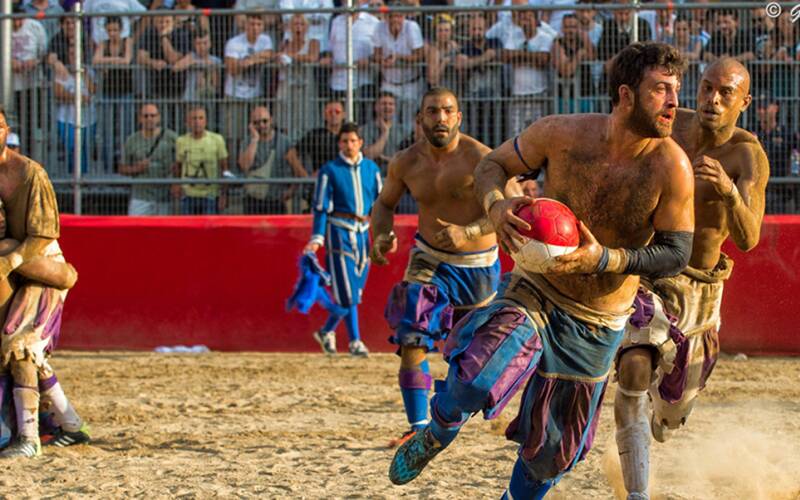
5. The Leaning Tower of Pisa is not the only leaning tower in Tuscany.
Believe it or not, there are other towers in Tuscany with a slight accentuated slope including the church of San Nicola and the bell tower of the church of San Michele degli Scalzi. In fact, it seems that the word "Pisa" derives from the Greek word for a swamp and Italian architects should have considered this aspect well before building their towers.
6. Pinocchio is of Tuscan origin.
Although many associate Pinocchio with the 1940 Disney film, the original story was written by Florentine Carlo Collodi in 1826.
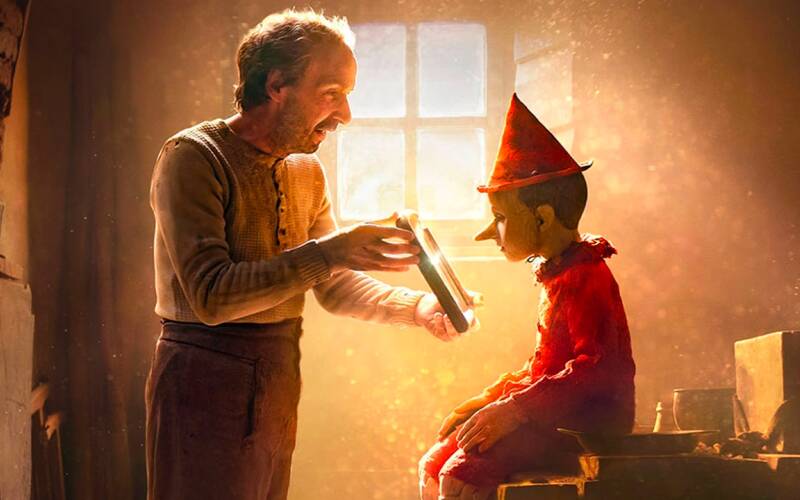
7. Tuscany is the European answer to Hollywood.
The pure beauty and magnificence of the Tuscan countryside have lent itself as a film set for a large number of films, including Twilight: New Moon and Il Gladiatore.
8. Tuscany has several ski resorts.
Although Tuscany is commonly associated with a warm climate and rich vegetation, during the winter the slopes of Monte Amiata and Abetone become a refuge for skiers, snowboarders and hikers who take advantage of the winter conditions.
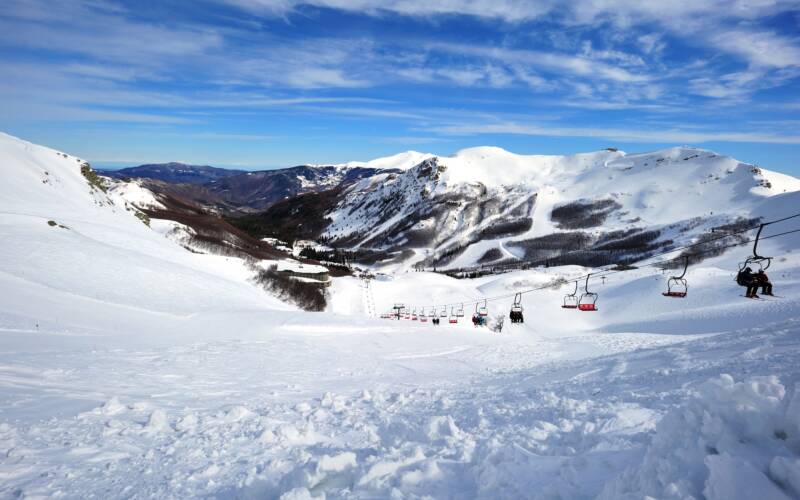
9. London's Marble Arch is of Tuscan origin.
In fact, the marble used for its construction comes from Tuscany. Many great Renaissance artists used this natural resource for their masterpieces, such as Michelangelo's David.
10. Sword in the rock: the real one is in Tuscany
In Montesiepi, in the province of Siena, there is a fascinating and particular attraction: the Abbey of San Galgano. An unreal place, represented by the skeleton of a large religious structure with no roof. The beauty of the place is combined with the charm of an element that plays a leading role in the center of the abbey: a sword in the rock, just as the legend of King Arthur tells. In this case, things went differently than the known facts that we all know. Indeed, almost the opposite. San Galgano, in a symbolic gesture, decided to stick his sword inside a rock, as a sign of renouncing his life as a knight and embracing the precepts of the monastic order and the religious path.
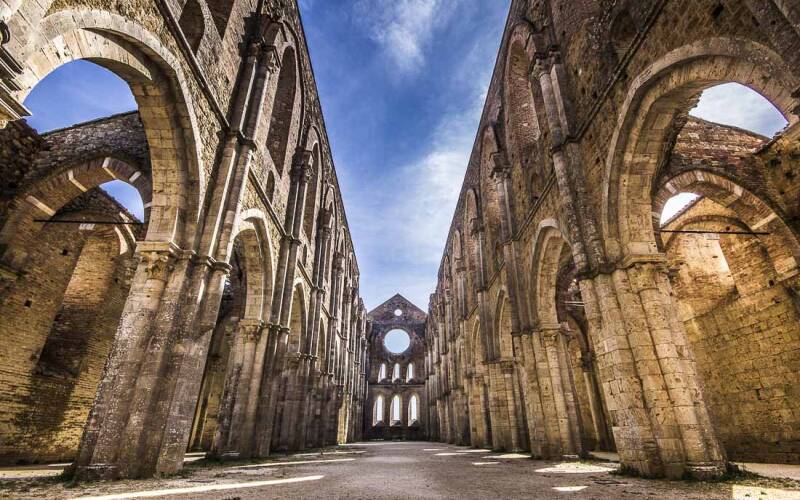
If you are planning a marvelous vacation in Italy, have a look at our luxury rental villas in Tuscany.
Copyright © Home in Italy. All rights reserved.
villa mandorli
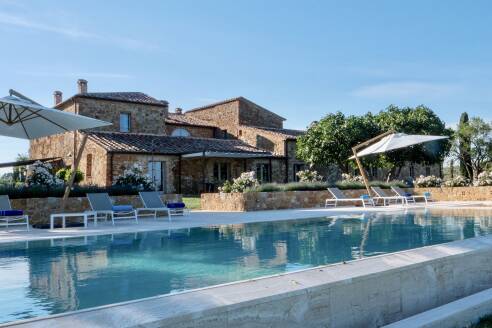
12 6 7
Tuscany, Montepulciano
from 7,150 to 11,600 € / week
merangola
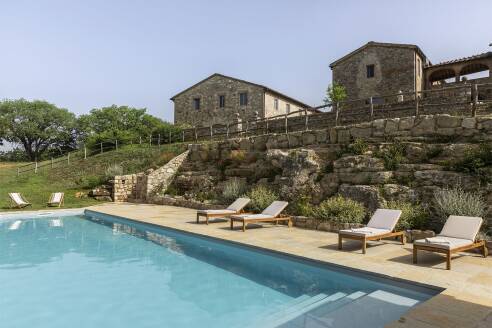
12 6 8
Tuscany, Siena
from 14,000 to 16,000 € / week
libellula
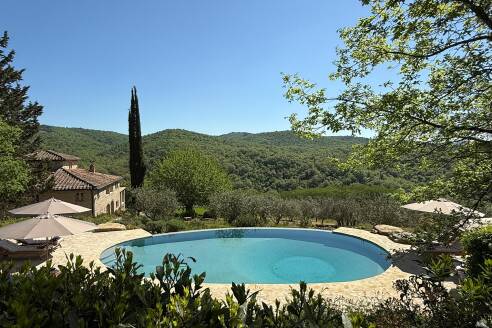
10 5 7
Tuscany, Radda In Chianti
15,000 € / week
adelaide
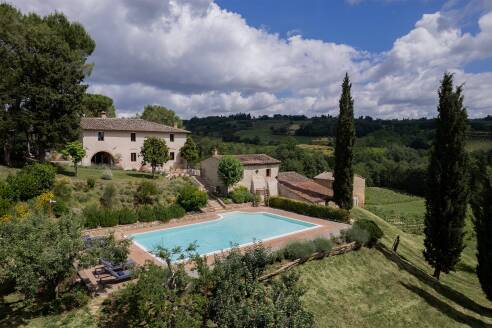
10 5 6
Tuscany, San Gimignano
from 10,900 to 16,900 € / week
alata
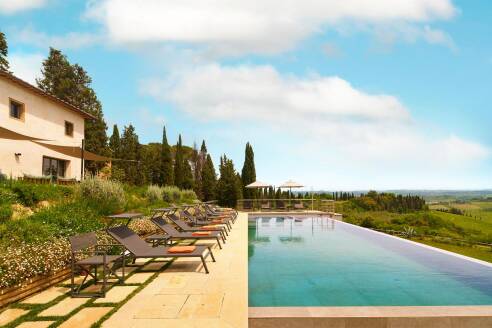
12 6 7
Tuscany, San Gimignano
from 11,550 to 16,800 € / week
saveria
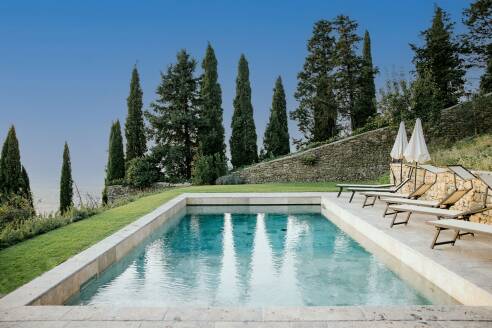
14 7 8
Tuscany, Cortona
22,000 € / week
giulietta

14/16 7 8
Tuscany, Lastra A Signa, Florence
from 17,500 to 32,900 € / week
villa vialattea

16 8 10
Tuscany, Barberino Tavarnelle
from 24,500 to 35,000 € / week


